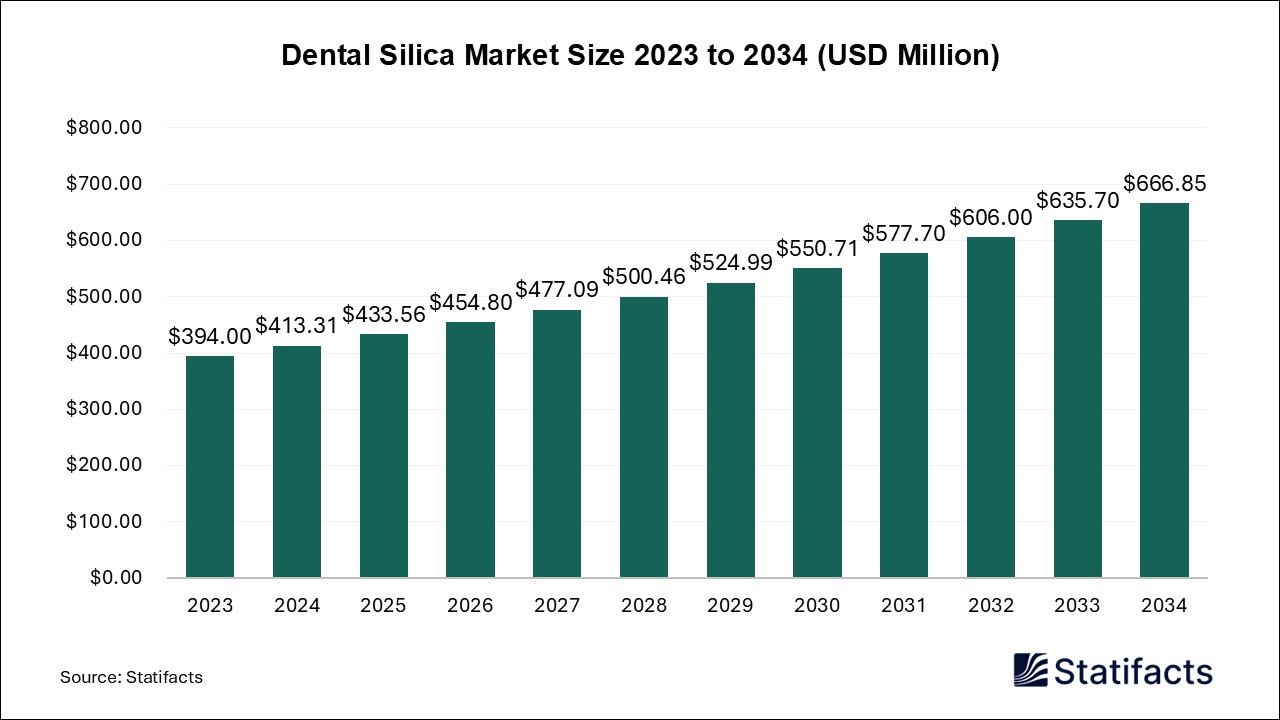Last Updated: 27 Jun 2025
Source: Statifacts
By clicking “Accept All Cookies” you agree to the storing of cookies on your device to enhance site navigation, analyze site usage, and assist in our marketing efforts.
Privacy PolicyThe U.S. infrastructure asset management market size was calculated at USD 10.97 billion in 2024 and is predicted to attain around USD 23.35 billion by 2034, expanding at a CAGR of 7.84% from 2025 to 2034.
| Industry Worth | Details |
| Market Size in 2025 | USD 11.81 Billion |
| Market Size by 2034 | USD 23.35 Billion |
| Market Growth Rate from 2025 to 2034 | CAGR of 7.84% |
Municipalities rely on these services while needing access to goods and services to be a well-functioning society. The U.S. Infrastructure Asset Management market enables American municipalities to plan, inspect, and repair critical infrastructure to ensure that the functions can be safely continued over time. Governmental agencies and organizations are utilizing technology as a way to monitor these external factors that influence risks to infrastructure sustainability. Technologies using smart building sensors and software will generate data and shape the types of categories that stakeholders can follow through the repair and inspection of physical assets. Stakeholders are mostly concerned as citizens, trying to spend within budgets, not incurring too many risks, and ensuring public safety. Cursory challenges will include stakeholder buy-in and partnerships that ultimately accelerate the development of this spatial medium.
These factors will soon fundamentally shift the American landscape regarding the infrastructure, technology, and city services. All markets must compete for priority and spend within budget assets, which means, in real terms, that an ever-increasing number of active citizens will be able to move about safely. Environmental, climate change, and extreme weather patterns will test many of these new assets in terms of their designed conditions to encounter flood levels of performance while managing and adapting space into roadways. The U.S. Infrastructure Asset Management market will likely expand to value confined to remote or globalized means only. Consequently, owners, combined budget approaches will soon become an effective leverage to develop your stakeholders to attract grants and funding opportunities to sustain the safety of our most precious valued resource, humanity.
Published by Yogesh Kulkarni
Last Updated: 27 Jun 2025
Source: Statifacts
Last Updated: 27 Jun 2025
Source: Statifacts
| Subsegment | 2024 | 2025 | 2026 | 2027 | 2028 | 2029 | 2030 | 2031 | 2032 | 2033 | 2034 |
|---|---|---|---|---|---|---|---|---|---|---|---|
| Transportation infrastructure | 3.47 | 3.74 | 4.00 | 4.29 | 4.56 | 4.81 | 5.24 | 5.83 | 6.42 | 7.00 | 7.59 |
| Energy infrastructure | 2.33 | 2.54 | 2.74 | 2.97 | 3.19 | 3.40 | 3.74 | 4.20 | 4.67 | 5.14 | 5.61 |
| Water & Waste Infrastructure | 0.71 | 0.76 | 0.80 | 0.84 | 0.88 | 0.92 | 0.98 | 1.08 | 1.17 | 1.26 | 1.35 |
| Critical infrastructure | 1.85 | 1.99 | 2.11 | 2.24 | 2.37 | 2.48 | 2.68 | 2.96 | 3.24 | 3.51 | 3.78 |
| Mining | 1.54 | 1.65 | 1.74 | 1.85 | 1.95 | 2.04 | 2.20 | 2.42 | 2.64 | 2.85 | 3.07 |
| Others | 1.07 | 1.13 | 1.19 | 1.25 | 1.31 | 1.36 | 1.45 | 1.59 | 1.72 | 1.84 | 1.97 |
Last Updated: 27 Jun 2025
Source: Statifacts
| Subsegment | 2024 | 2025 | 2026 | 2027 | 2028 | 2029 | 2030 | 2031 | 2032 | 2033 | 2034 |
|---|---|---|---|---|---|---|---|---|---|---|---|
| Transportation infrastructure | 3.47 | 3.74 | 4 | 4.29 | 4.56 | 4.81 | 5.24 | 5.83 | 6.42 | 7 | 7.59 |
| Energy infrastructure | 2.33 | 2.54 | 2.74 | 2.97 | 3.19 | 3.40 | 3.74 | 4.20 | 4.67 | 5.14 | 5.61 |
| Water & Waste Infrastructure | 0.71 | 0.76 | 0.80 | 0.84 | 0.88 | 0.92 | 0.98 | 1.08 | 1.17 | 1.26 | 1.35 |
| Critical infrastructure | 1.85 | 1.99 | 2.11 | 2.24 | 2.37 | 2.48 | 2.68 | 2.96 | 3.24 | 3.51 | 3.78 |
| Mining | 1.54 | 1.65 | 1.74 | 1.85 | 1.95 | 2.04 | 2.20 | 2.42 | 2.64 | 2.85 | 3.07 |
| Others | 1.07 | 1.13 | 1.19 | 1.25 | 1.31 | 1.36 | 1.45 | 1.59 | 1.72 | 1.84 | 1.97 |
The market is valued at over $11.81 billion and is expected to grow steadily.
The future growth potential of the U.S. infrastructure asset management market lies in the federal funding programs, cloud-based solutions, and artificial intelligence and machine learning.
The main benefits of infrastructure asset management in the U.S. market are improved asset performance, extended asset lifecycles, reduced downtime, better resource allocation, and reduced maintenance costs.
To get full access to our Market Insights, you need a Professional Account or a Business Suite.

You will receive an email from our Business Development Manager. Please be sure to check your SPAM/JUNK folder too.

You will receive an email from our Business Development Manager. Please be sure to check your SPAM/JUNK folder too.

Our customers work more efficiently and benefit from


